Wheel Alignment vs Wheel Balance | What’s the Difference?
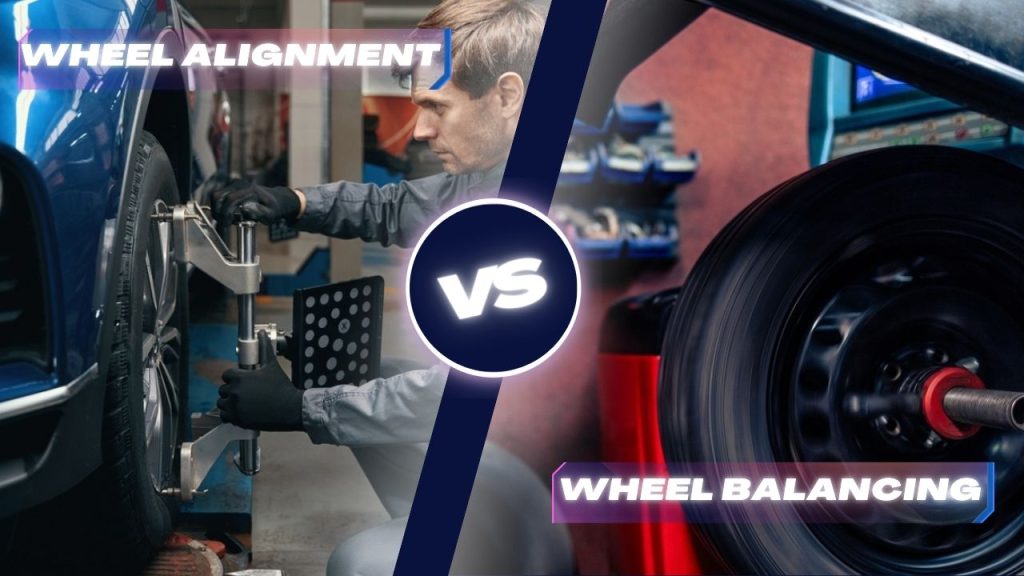
Ever feel like your car is pulling to one side or giving you a shaky, bumpy ride? That’s not just bad luck. It’s a sign that your wheel alignment or wheel balance might be off.
These two services mostly get mixed up. But they play very different roles in keeping your car safe, smooth, and fuel-efficient. A misaligned wheel can send you drifting off course. Whereas, an unbalanced wheel can turn your ride into a vibrating nightmare.
So, what’s the difference between wheel alignment and wheel balancing? Let’s clear up the confusion once and for all.
What Is Wheel Alignment?
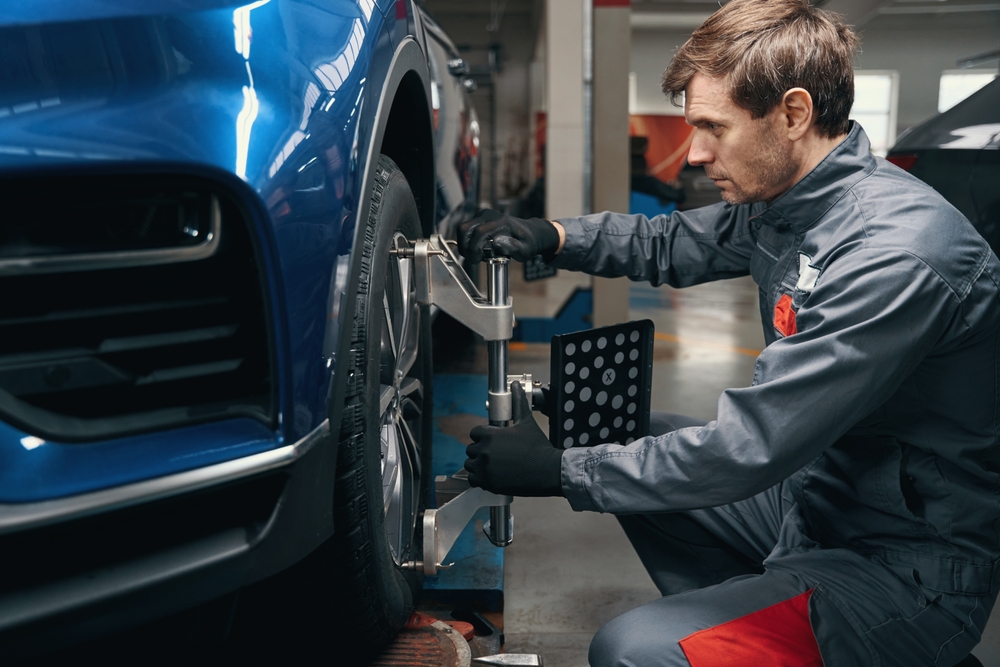
Imagine trying to walk straight with one foot slightly turned out. It wouldn’t feel right, would it? That’s exactly what happens when your vehicle wheel alignment is off. Over time, things like potholes, curbs, and general wear and tear can throw off your wheel angles which leads to poor handling, uneven tyre wear, and even reduced fuel efficiency.
A proper wheel alignment service ensures that your tyres are positioned correctly & making full contact with the road at the right angle. This not only keeps your ride smooth but also helps your tyres last longer. Even if your wheels look straight, being just 1mm out of alignment can lead to premature tyre wear and handling issues. That’s why regular wheel alignment services are essential for your car’s performance and safety.
How Does Wheel Alignment Work?
When you bring your car in for wheel alignment services, a technician will use a precision wheel balancing machine to check and adjust three key angles—camber, toe, and caster.
Let’s discuss these angles in simple terms:
1. Camber | tilt of your wheels
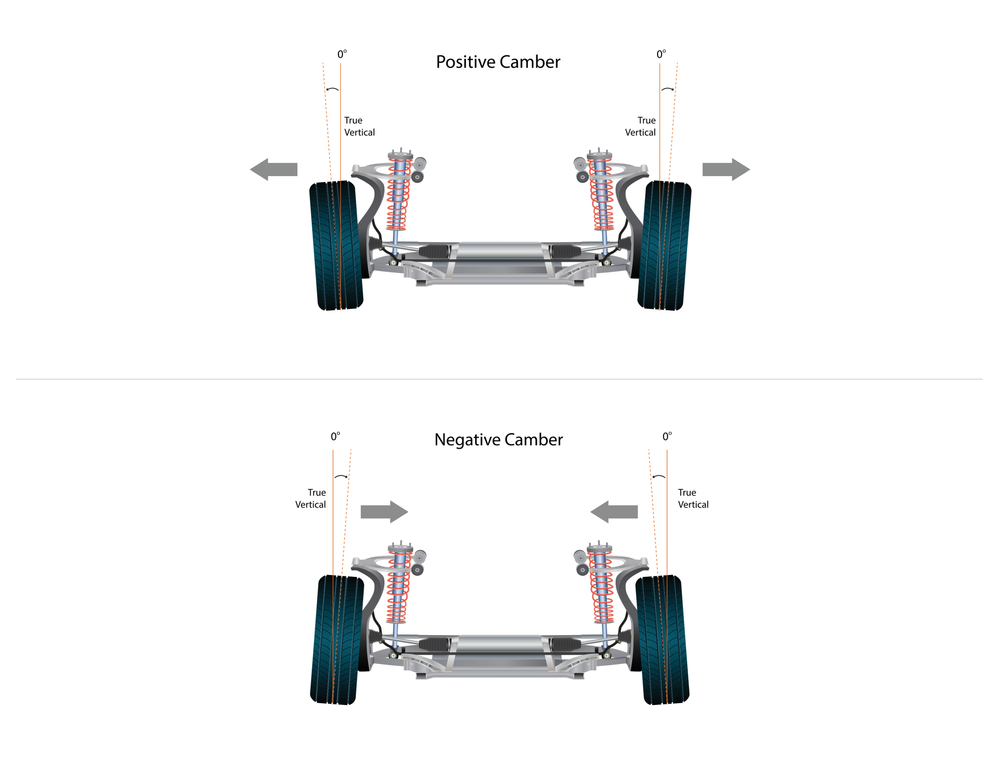
Ever noticed your wheels tilting slightly inward or outward when viewed from the front? That’s the camber angle.
- Positive camber: The top of the wheel tilts outward.
- Negative camber: The top of the wheel tilts inward.
If the camber is off, your car might start pulling to one side. Thus, making it harder to steer. Plus, improper camber angles can cause uneven tyre wear, leading to frequent replacements.
2. Toe | direction your wheels are pointing
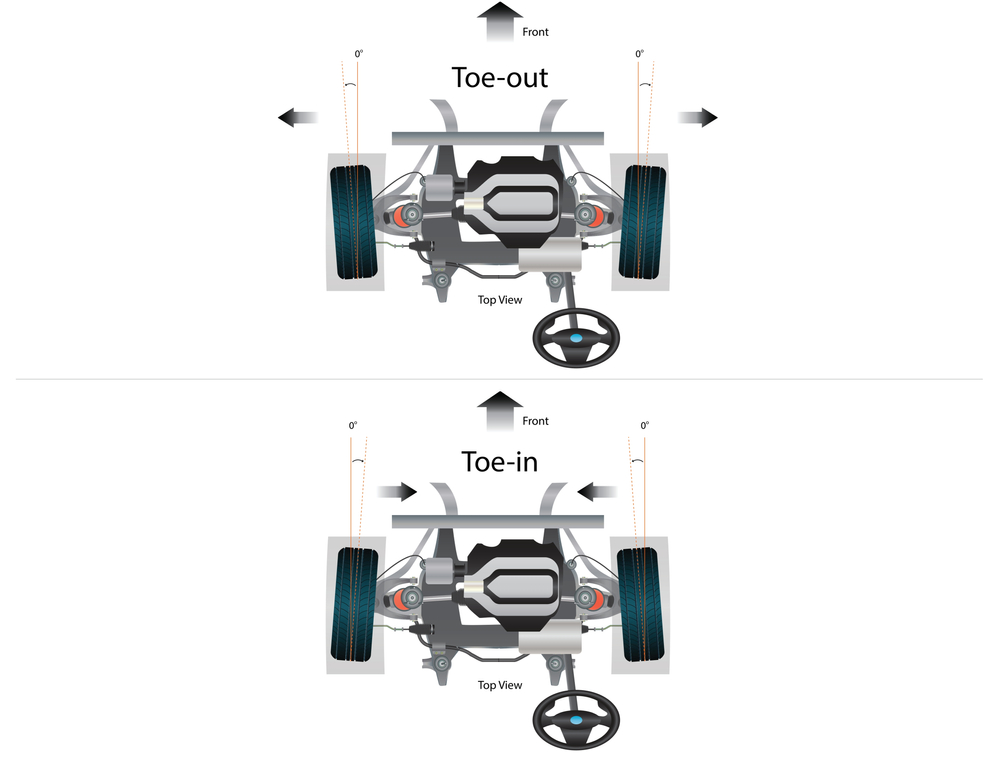
Just think of your feet. If your toes point inward or outward while walking, you’d struggle to stay balanced. The same goes for your car’s wheels.
- Toe-in (positive toe): The front of the wheels points inward toward the center of the car.
- Toe-out (negative toe): The front of the wheels points outward, away from the center.
Incorrect toe alignment affects stability and can cause your tyres to wear out unevenly and quickly. This is the most commonly adjusted alignment angle.
3. Caster | steering & stability
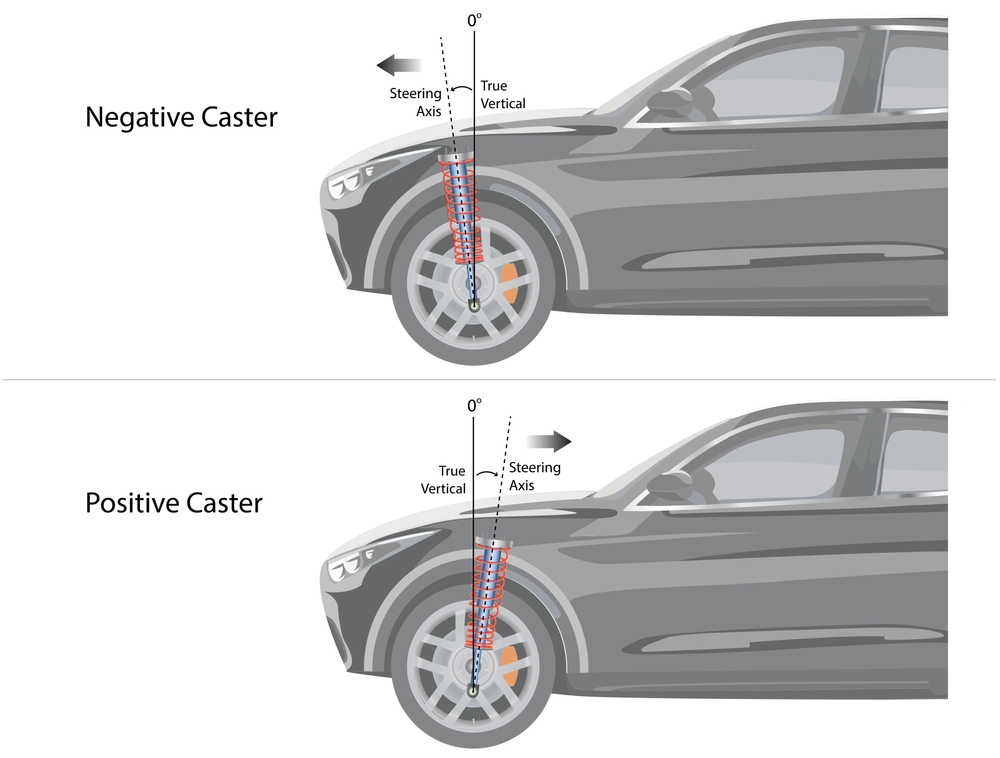
Caster is a bit tricky to visualise. But think of a shopping trolley wheel. It always returns to a straight position when you let go. That’s caster.
The caster angle determines how your car’s steering axis is positioned:
- A positive caster helps with high-speed stability and steering control.
- A negative caster can make steering feel loose or unstable.
If your caster is off, you may notice your steering feels heavier than usual or that your car drifts while driving.
Signs Your Car Needs a Wheel Alignment
Wondering when should you get a wheel alignment? Your car’s wheels should be aligned approximately every 10,000 km to maintain smooth handling and even tyre wear. However, you should also book a wheel alignment service if:
- You’ve hit a pothole or curb hard
- Your car’s steering pulls to one side when driving.
- You notice uneven tyre pressure or rapid tyre wear.
- Your steering wheel isn’t straight when driving straight.
- You feel vibrations in the steering wheel.
- You’ve recently replaced or rotated your tyres
A well-aligned car not only makes driving easier but also extends the life of your tyres, improves fuel efficiency, and enhances overall safety. So, if your car isn’t driving as smoothly as it should, it might be time for a vehicle wheel alignment check.
Types of Wheel Alignments
Not all cars require the same alignment. Depending on your vehicle type, you may need one of the following:
1. Two-Wheel Alignment (Thrust Alignment)
This aligns just the front wheels to ensure they match up properly with the rear wheels. It helps with tracking and steering stability.
2. Four-Wheel Alignment
A more comprehensive adjustment service. This aligns all four wheels to match the manufacturer’s specification. It improves overall performance and tyre longevity.
Now, let’s talk about wheel balance.
What Is Wheel Balancing?
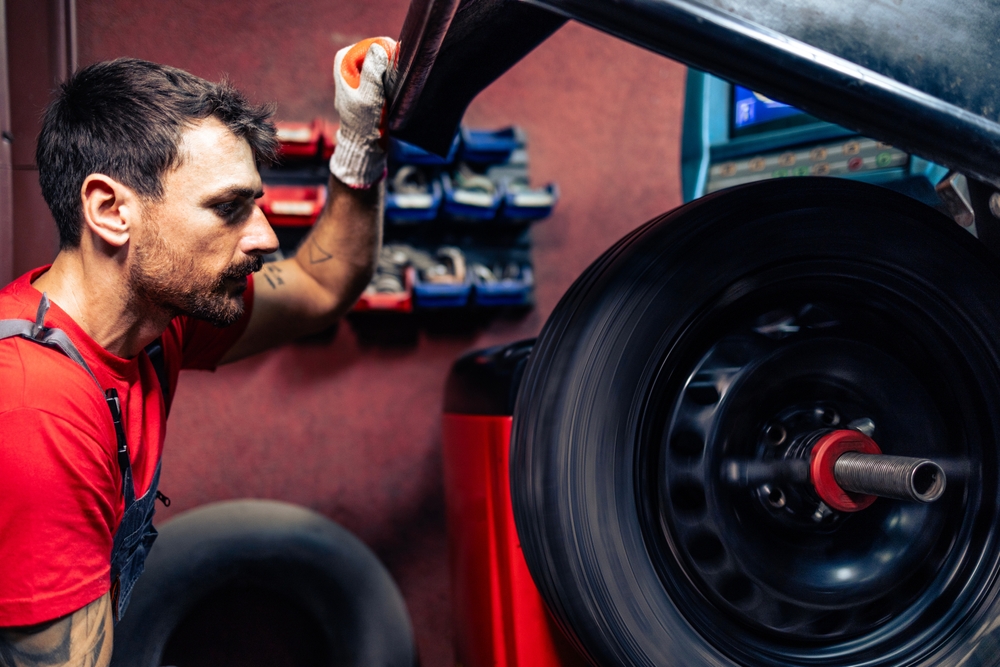
Ever felt an annoying shake in your steering wheel while driving? That’s a sign your wheels might be out of balance. Wheel balancing ensures that the weight of your tyre and wheel assembly is evenly distributed, allowing your car to drive smoothly and preventing unnecessary vibrations.
Whenever you get new tyres fitted, they must be rebalanced to maintain even rotation. If you experience vibrations in your steering or notice uneven tyre wear, it’s a good idea to check if your wheel is on balanced.
How Does Wheel Balancing Work?
Balancing a wheel is a precise process that requires special equipment. Here’s how it works:
- A technician removes the wheel and places it on a wheel balancing machine.
- The machine spins the wheel for about 10 seconds, simulating how it rotates on the road.
- The machine detects any imbalance and pinpoints where extra weight is needed.
- Small counterweights are then attached to the wheel rim to ensure the wheel rotates evenly.
This process prevents uneven tyre wear, enhances driving comfort, and reduces strain on your suspension system.
Signs Your Wheels Need Balancing
Not sure if your car needs a wheel balancing service? Look out for these warning signs:
- Vibrations in the steering wheel or car body at certain speeds.
- Uneven tyre wear or visible bald spots.
- A noisy or bumpy ride, especially at highway speeds.
Ignoring wheel balancing can lead to premature tyre wear, increased fuel consumption, and even damage to your suspension. If your ride feels rougher than usual, it might be time to get your wheels checked.
Wheel Alignment vs. Wheel Balancing: The Key Differences
Here’s a detailed comparison of wheel alignment and wheel balancing. Give it a reading to explore why both are important for a smooth, safe ride:
Feature | Wheel Alignment | Wheel Balancing |
Purpose | Adjusts wheel angles to ensure proper contact with the road and improve handling. | Ensures the wheel is on balanced by evenly distributing weight for a smooth ride. |
What It Fixes | Corrects the positioning of your wheels so they point straight and don’t pull to one side. | Eliminates vibrations caused by uneven weight distribution in the wheel. |
Common Symptoms | § Car pulls to one side. § Steering feels off-center. § Uneven tyre wear. | § Steering wheel vibrations. § Noisy or bumpy ride. § Bald spots or uneven wear on tyres. |
Process | Adjusting camber, toe, and caster angles using advanced alignment tools. | Placing the wheel on a wheel balancing machine, spinning it, and attaching counterweights to ensure the wheel rotates evenly. |
Effect on Tyres | Helps prevent uneven tyre wear and improves tyre lifespan. | Reduces vibration-related tyre damage and ensures even tread wear. |
Impact on Driving | Improves handling, stability, and fuel efficiency. | Enhances driving comfort and prevents unnecessary strain on suspension components. |
Do Your Car Need Wheel Alignment & Wheel Balancing Both?
Yes! While they fix different problems, wheel alignment services and wheel balancing go hand in hand. If your wheels are misaligned, your tyres may wear unevenly which leads to balance issues. Likewise, if your wheels are unbalanced, it can put extra strain on your alignment. Regular maintenance helps prevent bigger and more expensive problems down the road.
Is your car drifting or vibrating on the road?
Get Expert Wheel Alignment & Balancing at Morley Tyre Centre!
Driving should feel smooth and effortless. But if your car is pulling to one side or your steering wheel is shaking, it’s time for a check-up. At Morley Tyre Centre, we specialise in wheel alignment services, wheel balancing & full tyre & auto services to keep your ride stable, comfortable, and fuel-efficient.
Don’t let misalignment or imbalance wear down your tyres or compromise your driving experience.
